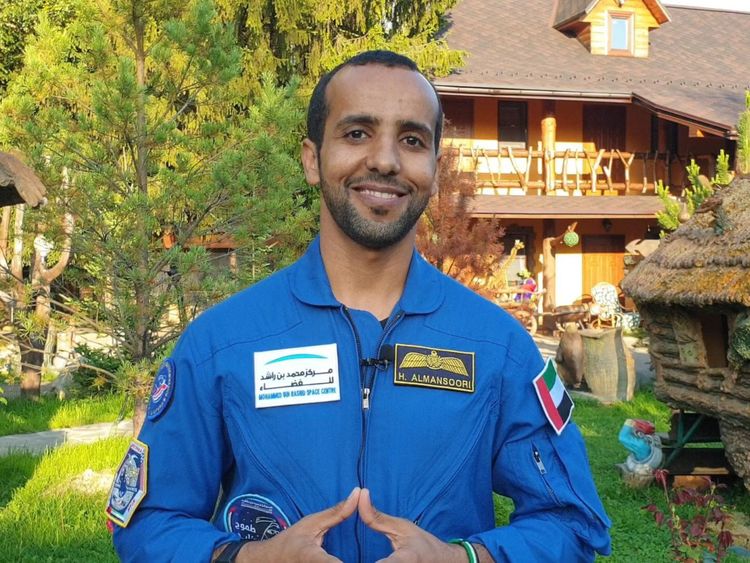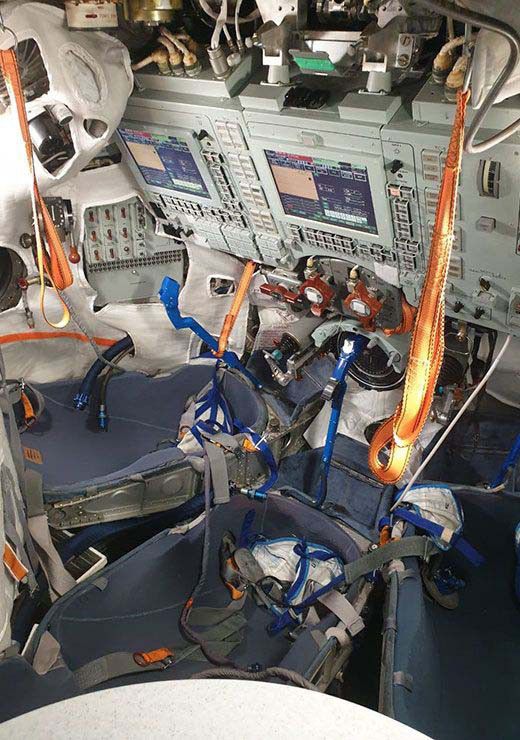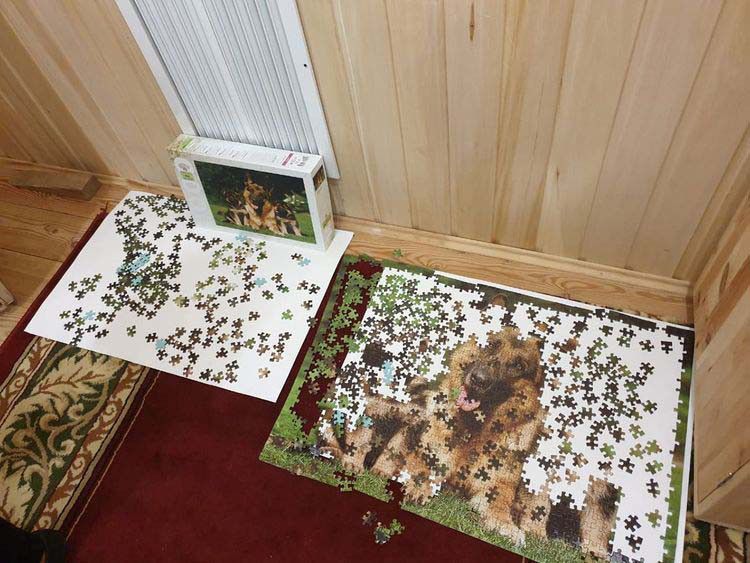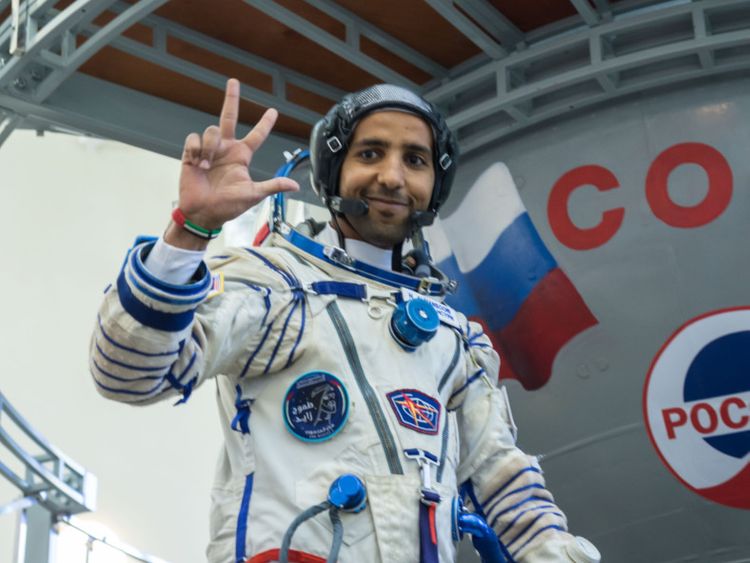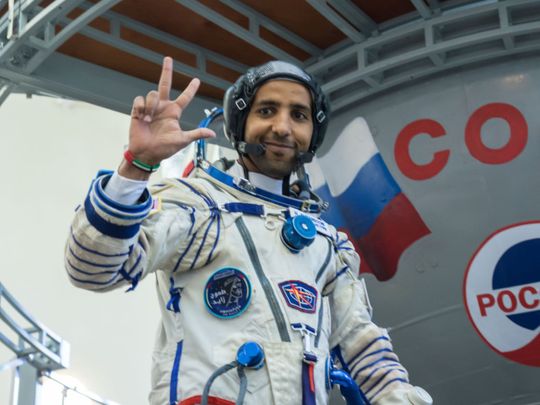
Moscow: The UAE’s first Emirati astronaut Hazza Al Mansouri, along with reserve astronaut Sultan Al Neyadi, is “mission ready” for his first spaceflight to the International Space Station (ISS) on September 25 and credits his years as a pilot for his ability to handle the conditions.
Al Mansouri will be launched to the ISS as prime crew with his crew mates NASA astronaut Jessica Meir and Russian commander Oleg Skripochka on board a Soyuz MS 15 rocket from the Baikonur Cosmodrome in Kazakhstan in three weeks.
The prime crew and reserve crew namely Emirati astronaut Sultan Al Neyadi, Nasa astronaut Thomas Marshburn and Russian commander Sergei Rhyzikov, completed their final qualification exams on Thursday and Friday.
In an interview with Gulf News in Moscow on Tuesday, 35-year-old military pilot, Al Mansouri, said: “I’m really ready for this mission. We finished our final exam so we are ready from the preparation we got from Star City and the different agencies around the world.”
Combatting the g-load that astronauts go through during the lift-off itself as it escapes earth’s gravity is challenging. But this is not a problem, he said.
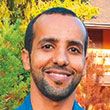
I learned that I’m a very patient person. In the Soyuz, we sit there for more than eight hours. We will be sitting in the Soyuz on top of the rocket for two hours in a very really tight position and we will be launching for six hours going to the ISS.
“Thanks to my previous job, I can counter what they call g-load. This is the force that we encounter during the launch. In the rocket launch, the g-load in your body is like someone is crushing your chest and it continues for about eight minutes. It’s up to 3.5g which is like your weight times four. So we are prepared and we learned how to adapt to this physically and mentally,” said Al Mansouri.
Al Mansouri said the Soyuz spacecraft and the F-16 fighter jets he used to fly are very different but the flight experience may have some similarities.
“Definitely, the Soyuz is different because it is taking us to space. So the system is a bit different and the way we are conducting the procedure. On the Soyuz, there are a lot of buttons in front of me. Some of them are for ventilation for powering up the main power of the computer itself, the voltage metre and also a lot of other buttons. We have my own button for speaking with the space station or with the ground station if needed,” he added.
While he will not be pressing any of the buttons during lift-off and docking, he does have tasks to do.
“During the launch and docking, I will not be conducting these procedures, but I should really carefully look at what my other colleagues and crew on board the station [are doing] to see if there are any mistakes that they might commit to help them through the checklist of actions.”
If there is one thing he learned about himself throughout his journey to becoming an astronaut, it is his calm demeanor even in critical situations.
“I learned that I’m a very patient person. In the Soyuz, we sit there for more than eight hours. We will be sitting in the Soyuz on top of the rocket for two hours in a very really tight position and we will be launching for six hours going to the ISS. It really needs a lot of patience and we are ready for anything we will face,” he said.
Of his family, Al Mansouri added: “I want to thank my wife and my kids, they have given me a lot of support from the beginning until now. Always They send me good messages, drawings. These may be very simple but for me they mean a lot because they are proud of their dad going to space. I really want to have this spark not only in my kids but in the next generations - that they will be inspired by what we are going to do now in our mission.”
Reserve crew Sultan Al Neyadi, said of his family: “They are very excited. Some members will fly to Baikonur to the launch pad and they will watch. They are really excited and really happy to witness this historical moment for the whole UAE and the Arab region as well.”
Al Neyadi also said he learned a lot during his training especially from his crew mates who are veterans of the ISS.
“Commander Sergei and Flight Engineer Thomas Marshburn are really experts. Both of them have been on the ISS. I am learning many things every day from them. They are giving me many tips throughout our training, especially when we were approaching our final exams, they gave me many valuable tips, I’m really happy to be working with them and I’m looking forward to maybe one day be a member of the prime crew,” said Al Neyadi.
The task given him during the exam was also a good learning experience.
“We are monitoring many parameters, one major task that I was assigned to do is to monitor the pressure inside the capsule and monitor any emergency that might occur and write down the timing which is really helpful in terms of calculating the vital parameters for the lifetime of the Soyuz,” Al Neyadi added.
Both astronauts urged the whole of the UAE to support them during the spaceflight by tuning in to the launch at 5.56pm (UAE time) on September 25.
“I would like for you to watch us on September 25, 2019 in all the channels all around the world to witness our launch, the historical launch of the first UAE and Arab astronaut to the ISS. Stay tuned,” said Al Mansouri.
Earlier in the day members of the UAE media got a tour of the Gagarin Cosmonaut Training Centre (GCTC) in Star City, Moscow, to experience first-hand what it is astronauts go through before they are launched into space.
As well as looking through mock-ups of the Russian sector of the International Space Station (ISS), they also saw the Soyuz spacecraft simulator, and toured isolation centres and pressure chambers, where reactions to difficult conditions in space are fully put to the test.
Medical labs complete with tilting tables and rotating chairs to prepare an astronaut for weightlessness, while adapting to motion sickness, were also tried out by the scribes.



